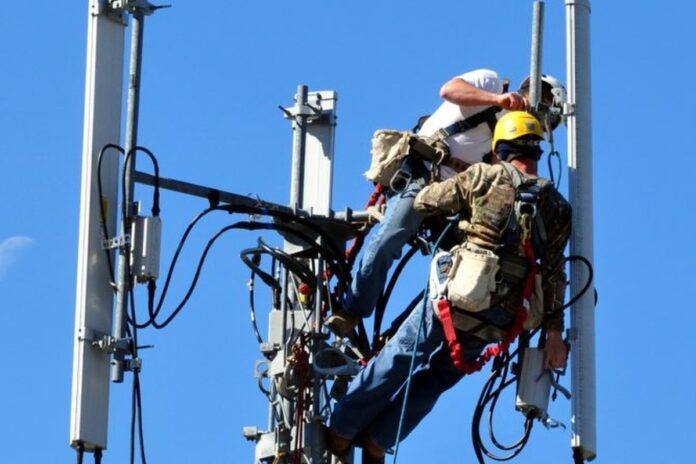More realistic test shows how devices actually perform in the field
German 5G equipment maker Rohde & Schwarz (R&S) has released a new system for testing 5G networks built on the NR 9 (new radio) mmWave frequency bands. The new system enables testers to model the compromised conditions they will experience in a real network, rather than the more rarified conditions of a lab.
The R&S ATS1800M is an upgrade of the ATS1800C, which was built as a compact antenna test range (CATR) based 5G NR mmWave test chamber for over-the-air (OTA) testing.
Full spectrum of tests for mmWave
A new, more versatile system has been created by adding two side chambers according to R&S. These combine with the existing test chamber to create one enlarged single system with sufficient range to completely test a 5G NR mmWave device.
It meets full 3GPP-specified conformance while verifying the device’s performance in radio resource management (RRM) over multiple angles of arrival (AoA).
To create this new system R&S had to invent a whole new system for OTA testing, it says. The test chamber has a gold-plated CATR reflector in order to create a large quiet zone (QZ), which is what engineers call a ‘usable measurement area’.
The design criteria called for an exceptionally compact form factor which, R&S says, forced them to set a new standard for density. R&S claims the ATS1800C will be a highly flexible system that can support all testing techniques, even thermal and out-of-band (OOB) testing.
By adding the new side chamber option, the R&S ATS1800C now supports RRM testing for two AoAs.
Multi-reflector simulates field conditions
Unlike the single-CATR R&S ATS1800C, the R&S ATS1800M has four CATR reflectors, each with a record 30 cm quiet zone. All four of these quiet zones can combine into one large area which, according to R&S, means the device under test (DUT) is surrounded by an unusually large QZ stretching in every direction.
This allows engineers to see how the device performs when exposed to signals arriving simultaneously at different angles – which is a more realistic model of what happens in a real network. The large quiet zone created in this new testing kit results in a significantly lower margin of error than conventional equipment.
Blackbox testing
The DUT can also be tested when the location of antennas is a mystery, which is known in the profession as black box testing. These practical additions give the service provider a far more realistic set of testing conditions, says R&S.
The incorporation of RRM testing is designed to use limited RF resources as efficiently as possible and to help avoid co-channel interference.
The kit meets the 3GPP specification for RRM testing defines five different pairs of angles, by creating angular differences of 30°, 60°, 90°, 120° and 150° between the base station signals.
The R&S ATS1800M meets this requirement by adding three additional reflectors. The side chamber extension can be retrofitted to – and extracted from – R&S ATS1800C units, as needed.



